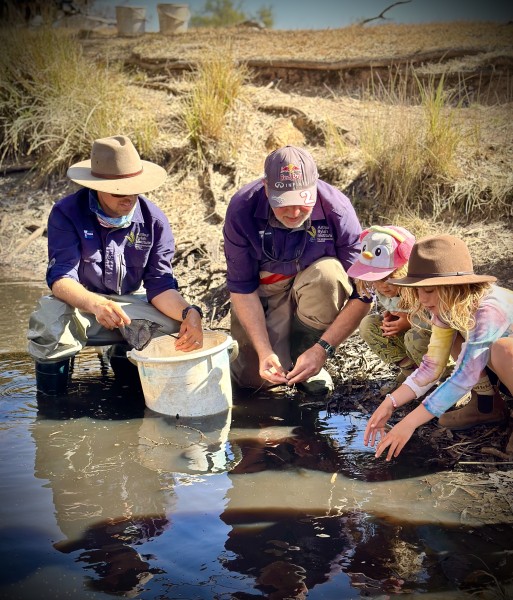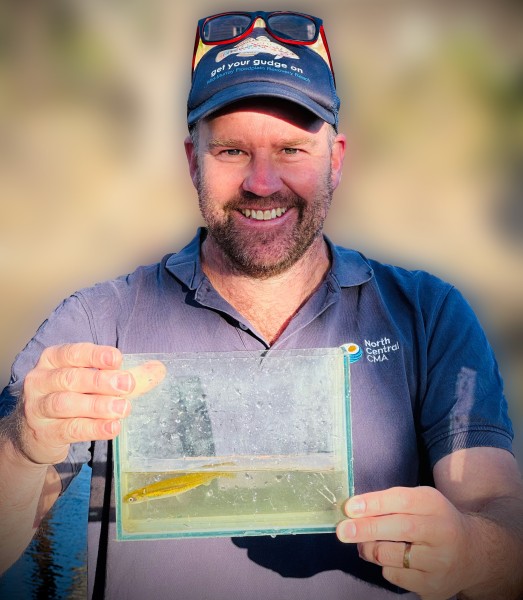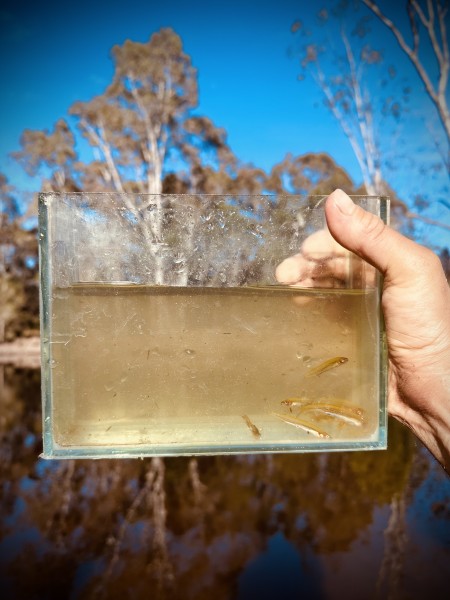A farm dam in Faraday is playing a leading role in the restoration of a critically endangered fish considered a canary in the climate change coal mine.
The flat-headed galaxis is a small-bodied silver fish that was once prevalent across the southern Murray Darling Basin.
Climate change and river regulation has decimated their population over the past 50 years, to the point experts have begun calling them ghost fish.
“Ghost fish rely on connected billabongs and slow flowing creeks and rivers to get where they need to go. Climate change means hotter and drier conditions and more intense rainfall events, the total opposite to that,” North Central Catchment Management Authority project manager Peter Rose said.
“Ghost fish were declared extinct in NSW and South Australia, and up until recently we weren’t sure whether or not they were extinct in Victoria.
“The Arthur Rylah Institute surveyed 60 sites in 2022 and found four populations in north-east Victoria and since then have been working with a range of partners to bring them back.
“We put about 50 adults into a dam near Castlemaine in March, and we have been monitoring them ever since.”
Dr Rose said ghost fish had struggled to breed in captivity, so he wasn’t sure how successful the Faraday site would be.
“We went back in November and were very excited with what we found,” he said.
“We managed to capture about 50 juvenile fish, which means they have been breeding successfully.
“This is great news, because we can now start harvesting them with a goal of repopulating natural wetlands and breeding them up in other dams.”
The ghost fish project is part of the CMA’s Native Fish Recovery Program, a key plank in the organisation’s work to protect communities, economies and native plants and animals from the impacts of climate change.
The Faraday work is funded by the Victorian Government’s Nature Fund, established to support high impact projects that deliver on the goals of Biodiversity 2037, to stop the decline of native plants and animals and improve the state’s natural environment.










